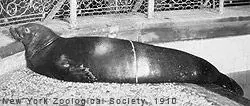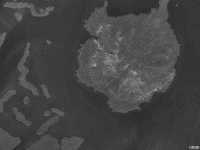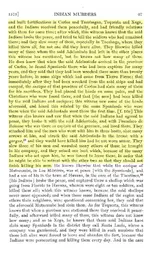FISHEYE
Bronze Member
- Joined
- Feb 27, 2004
- Messages
- 2,334
- Reaction score
- 405
- Golden Thread
- 0
- Location
- lake mary florida
- Detector(s) used
- Chasing Dory ROV,Swellpro Splash 2 pro waterproof drone,Swellpro Spry+ wa,Wesmar SHD700SS Side Scan Sonar,U/W Mac 1 Turbo Aquasound by American Electronics,Fisher 1280x,Aquasound UW md,Aqua pulse AQ1B
- Primary Interest:
- All Treasure Hunting
Why would anyone make so many canals on a island?they could walk or canoe around the island to get to the other side.it had to be for some other purpose.like farming sea creatures.I dont think the pyramids were built useing clam shells as shovels.they had help from above.



 )
)



